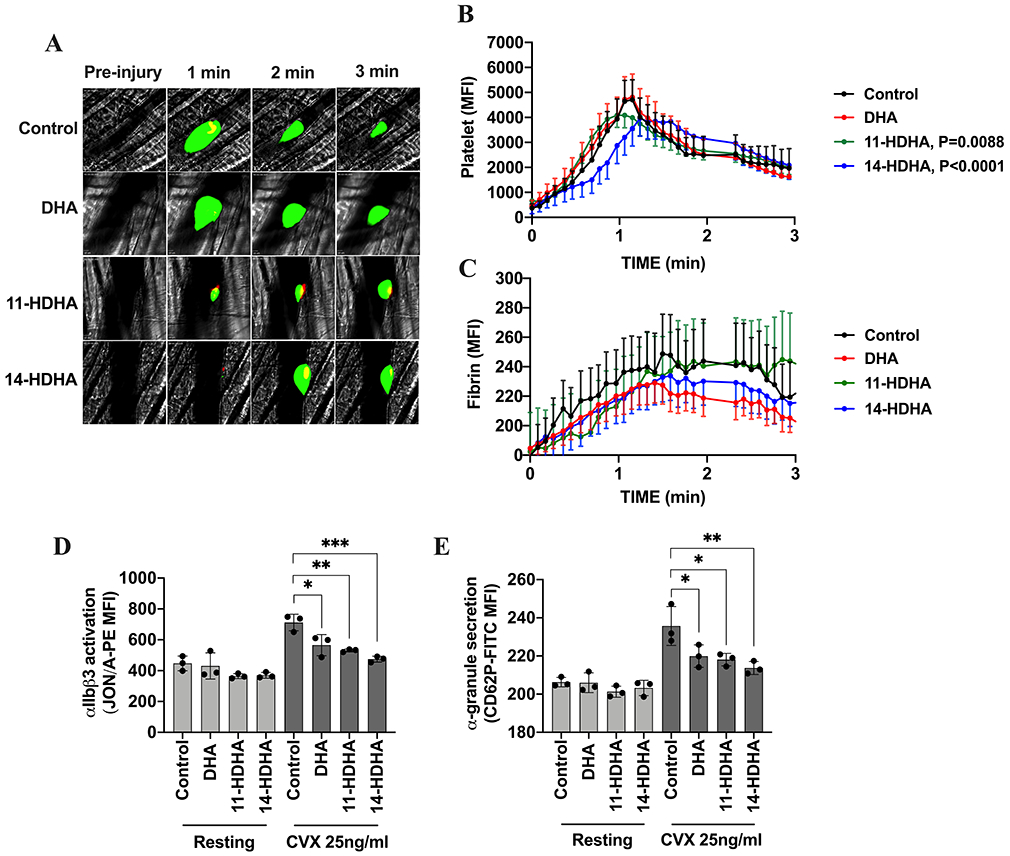Figure 5. DHA and its oxylipins attenuate in vivo platelet activation and thrombus formation:

Acute treatment with 11-HDHA and 14-HDHA attenuates thrombus formation in thrombosis model. Representative images (A) of platelet accumulation (green) and fibrin (red) in growing thrombi in cremaster arterioles in mice Control treated with vehicle (DMSO) (n=38) and mice treated with 15mg/kg of DHA (n=27), 11-HDHA (n=36) and 14-HDHA (n=33), respectively (3 mice per group, 8-12 thrombi per mouse). Time after vascular injury are indicated above. Dynamics of platelet accumulation (B) and fibrin formation (C) in thrombi were analyzed by change in fluorescent intensity. Acute treatment with 15mg/kg of DHA, 11-HDHA or 14-HDHA inhibited integrin αIIbβ3 activation and decreased α-granule secretion ex vivo. PRP from treated mice was stimulated with convulxin (25 ng/ml) and D) activation of integrin αIIbβ3 (n=3) and E) α-granule secretion (n=3) was assessed by flow cytometer. Data represent mean ± SEM for in vivo and mean ± SD for ex vivo. P value or asterisks denote the statistical difference between Control and treated groups: *P<0.05, **P<0.01, ***P<0.001. Two factor mixed-effects model analysis was performed for in vivo and one-way ANOVA with Tukey’s multiple comparisons post-test was performed for ex vivo. MFI indicates mean fluorescence intensity, CVX indicates convulxin.
